I ended up implementing the algorithm myself. Basically because none of the computer graphics algorithms meet my requirement of actually including all grid cells, the line touches.
Note that I am using CGAL and two different kernel to represent floating-prcision Points as Point and discrete grid cells as Pixel:
#include <CGAL/Simple_cartesian.h>
#include <CGAL/Point_2.h>
typedef CGAL::Simple_cartesian<double> KernelDouble;
typedef KernelDouble::Point_2 Point;
typedef KernelDouble::Segment_2 Segment;
typedef CGAL::Simple_cartesian<uint16_t> KernelInt;
typedef KernelInt::Point_2 Pixel;
This is the function:
void get_pixels_for_segment(std::list<Pixel>* res, Segment seg) {
assert(res->size() == 0);
Point start = seg.source();
Point goal = seg.target();
uint8_t swapped = 0;
if(start.x() > goal.x()) { // swap
start = seg.target();
goal = seg.source();
swapped = 1;
}
Pixel startp, goalp;
startp = point_to_pixel(&start);
goalp = point_to_pixel(&goal);
int8_t sx = sgn<int>(goalp.x() - startp.x());
assert(sx >= 0);
int8_t sy = sgn<int>(goalp.y() - startp.y());
if(startp == goalp) {
res->push_back(startp);
return;
}
double d = (goal.y() - start.y()) / (goal.x() - start.x());
double ysec = start.y() - d * start.x();
std::list<int> xs;
range(&xs, startp.x(), goalp.x());
std::list<int>::iterator xsit = xs.begin();
for(; xsit != xs.end(); ++xsit) {
int xl = *xsit;
int xr = *xsit + 1;
double yl = d * xl + ysec;
double yr = d * xr + ysec;
if(startp.y() == goalp.y()) {
yl = startp.y();
yr = goalp.y();
}
if(
((startp.y() - floor(yl)) * sy) > 0
) yl = (double) startp.y();
if(
((goalp.y() - floor(yr)) * sy) < 0
) yr = (double) goalp.y();
std::list<int> ys;
range(&ys, floor(yl), floor(yr));
std::list<int>::iterator ysit = ys.begin();
for(; ysit != ys.end(); ++ysit) {
assert(*xsit >= 0);
assert(*ysit >= 0);
res->push_back(Pixel(*xsit, *ysit));
}
}
if(swapped) res->reverse();
return;
}

